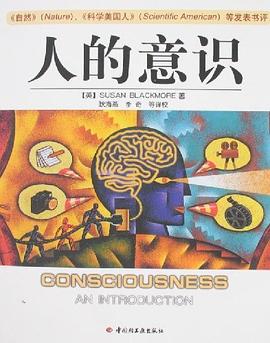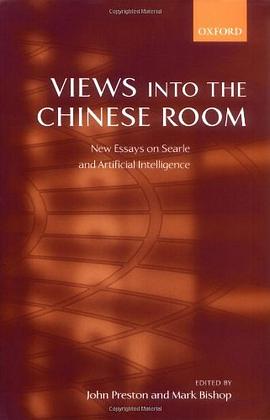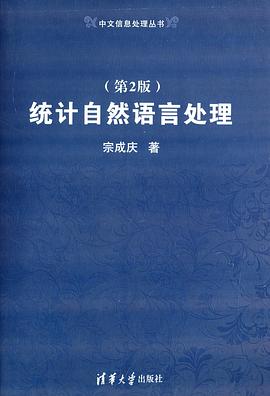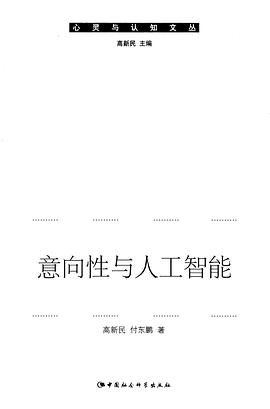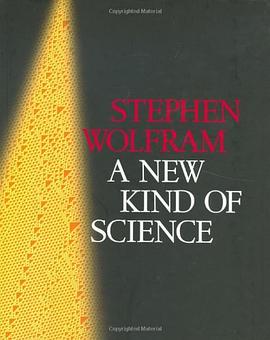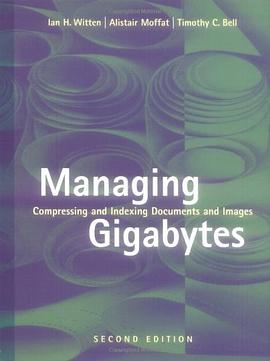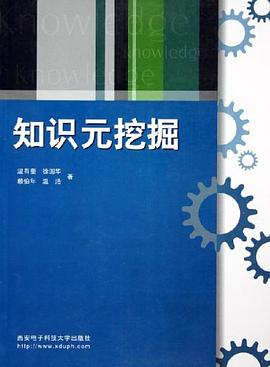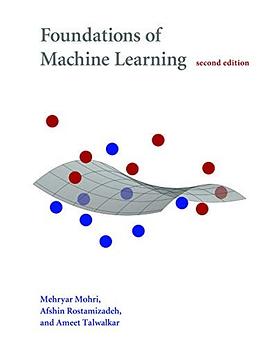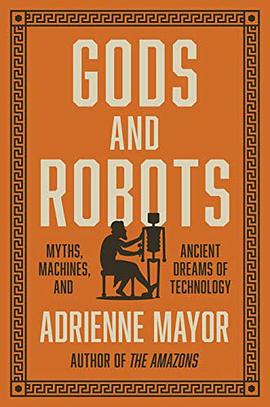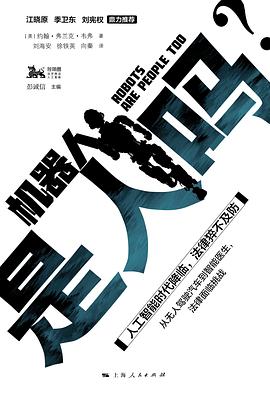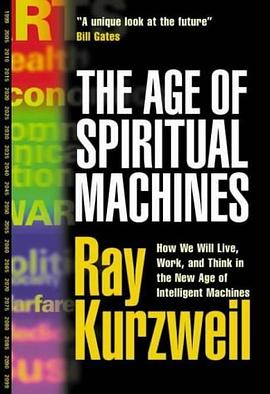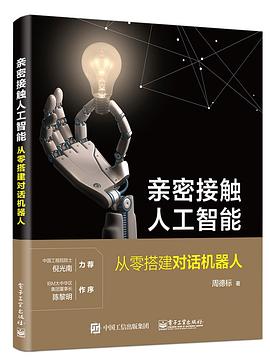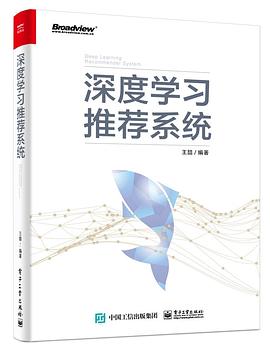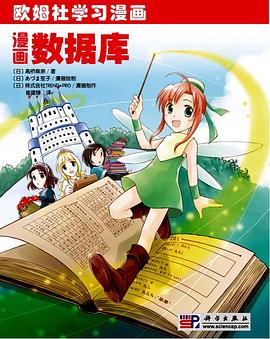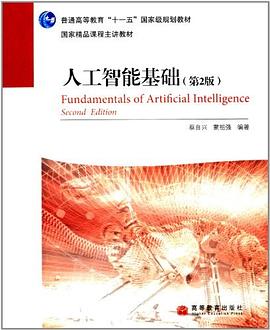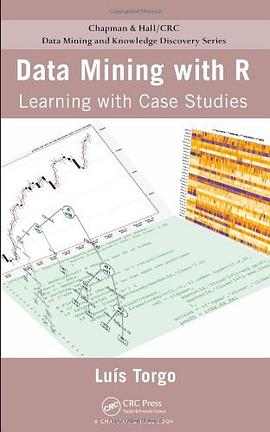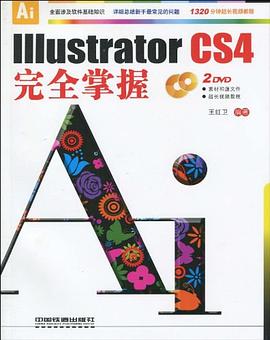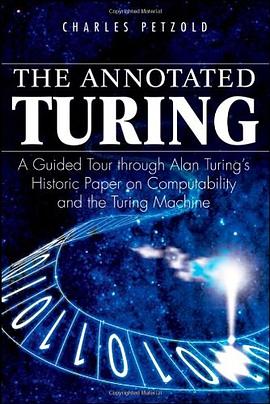
The Annotated Turing pdf epub mobi txt 电子书 下载 2025
- 计算机科学
- 图灵
- 计算机
- turing
- AlanTuring
- Computer.Theory
- 数学
- 科普
- Turing
- Computer
- Science
- History
- Algorithm
- Logic
- Artificial
- Intelligence
- Books

具体描述
(excerpts from my proposal for the book)
Anyone who has explored the history, technology, or theory of computers has likely encountered the concept of the Turing Machine. The Turing Machine is an imaginary — not even quite hypothetical — computer invented in 1936 by English mathematician Alan Turing (1912–1954) to help solve a question in mathematical logic. As a byproduct, Turing also founded the field of computability theory — the study of the abilities and limitations of digital computers.
Although the concept of the Turing Machine is well known, Turing’s original 1936 paper is only rarely read. This neglect may have something to do with the paper’s title — “On Computable Numbers, with an Application to the Entscheidungsproblem” — and perhaps the paper’s extensive use of a scary German gothic font. That’s too bad, because the paper is not only a fascinating read but a milestone in the history of computing and 20th century intellectual thought in general.
This book presents Turing’s original 36-page paper (and a follow-up 3-page correction) with background chapters and extensive annotations. Mathematical papers like Turing’s are often terse and cryptic. I have elaborated on many of Turing’s statements, clarified his discussions, and provided numerous examples.
Interwoven into the narrative are the highlights of Turing’s own life: his years at Cambridge and Princeton, his secret work in cryptanalysis during World War II, his involvement in seminal computer projects, his speculations about artificial intelligence, his arrest and prosecution for the crime of “gross indecency,” and his early death by apparent suicide at the age of 41.
The book is divided into four parts: Parts I and II together are about 200 pages in length and cover the first 60% of Turing’s paper, encompassing the Turing Machine and computability topics. This part of the book is entirely self-contained and will be of primary interest to most readers.
Part III is a faster paced look at the remainder of Turing’s paper, which involves the implications for mathematical logic. Some readers might want to skip these chapters.
Part IV resumes the more "popular" presentation showing how the Turing Machine has become a vital tool in understanding the workings of human consciousness and the mechanisms of the universe.
Although I expect the primary readers of the book to be programmers, computer science majors, and other “techies,” I have tried my best to make the book accessible to the general reader. There is unavoidably much mathematics in the book, but I have tried to assume that the reader only has knowledge of high-school mathematics, and probably a foggy one at that.
作者简介
目录信息
读后感
《图灵的秘密》是关于图灵1936年那篇开创性论文的解读,内容很多很难,需要的背景知识包括数理逻辑,lambda演算,以及一些基本的数论。读完的笔记也许都会比原书多,这里想简洁或者宏观性地谈谈几个主角之间的“故事”。 实际上说争论更准确。 初(我目前所知道的),大神莱...
评分在这之前因为简单看过一些哲学普及书,一直纠结于唯物论->因果论->机械论和自由意志之间的矛盾。我是相信唯物论的,但是又觉得自由意志这个东西并不能由简单的因果关系决定,直到看到了这本书。 这本书详细分析了图灵机的不可判定性问题和哥德尔的不确定性原理,在我看起来,虽...
评分《图灵的秘密》是关于图灵1936年那篇开创性论文的解读,内容很多很难,需要的背景知识包括数理逻辑,lambda演算,以及一些基本的数论。读完的笔记也许都会比原书多,这里想简洁或者宏观性地谈谈几个主角之间的“故事”。 实际上说争论更准确。 初(我目前所知道的),大神莱...
评分其实这本书我并没有读完,因为到了第二部分,即使有了作者的解释和注释,图灵的论文也确实超出了我的能力范围之外了,把“可计算函数”一章的前半部分仔细读了三四遍之后还是读不懂之后,我不得不放弃了。但是这并不影响我仍然给这本书打五星力荐。 先说这本书,我想如果没有C...
评分这本书对我来说真的很难读懂。看到大段大段的各种稀奇古怪的数学符号我就发求。但是这并不妨碍我从另一个角度来重新了解了图灵、数学、计算机….去年的时候曾听过Jeff讲过的一个session:《世界及宇宙的终极答案》。我敢确定至少一半的内容都是来自这本书。 图灵在论文中描述了...
用户评价
半途而废了
评分读了一大半,实在是啰嗦,还不如直接看图灵的论文
评分看了以后收获不大,难道是自己水平太低的缘故?
评分尽管不太喜欢作者的文笔,但就主题,素材和组织来说,五星无疑。做程序员的不仅必须读,而且必须读懂这本书。
评分Turing is way too awesome...
相关图书
本站所有内容均为互联网搜索引擎提供的公开搜索信息,本站不存储任何数据与内容,任何内容与数据均与本站无关,如有需要请联系相关搜索引擎包括但不限于百度,google,bing,sogou 等
© 2025 book.quotespace.org All Rights Reserved. 小美书屋 版权所有

